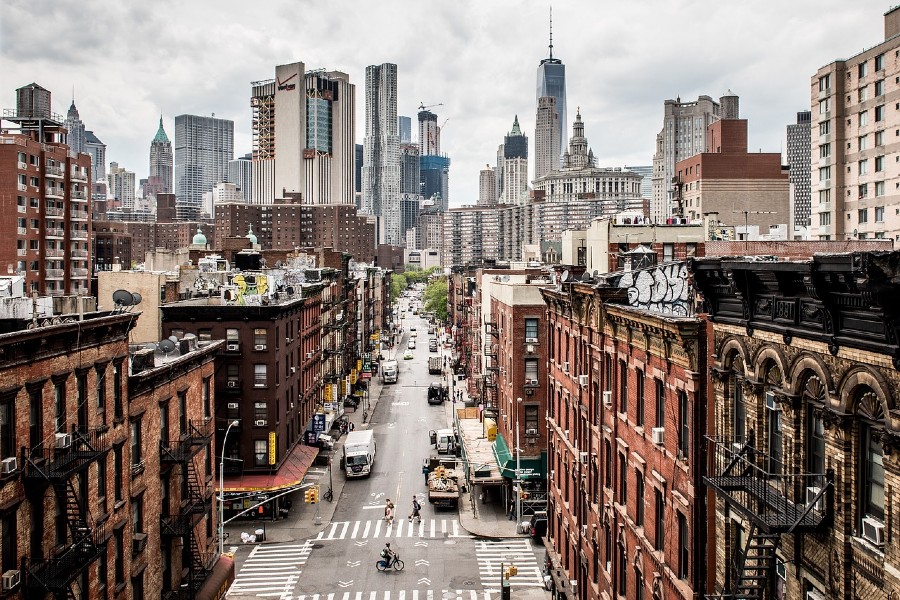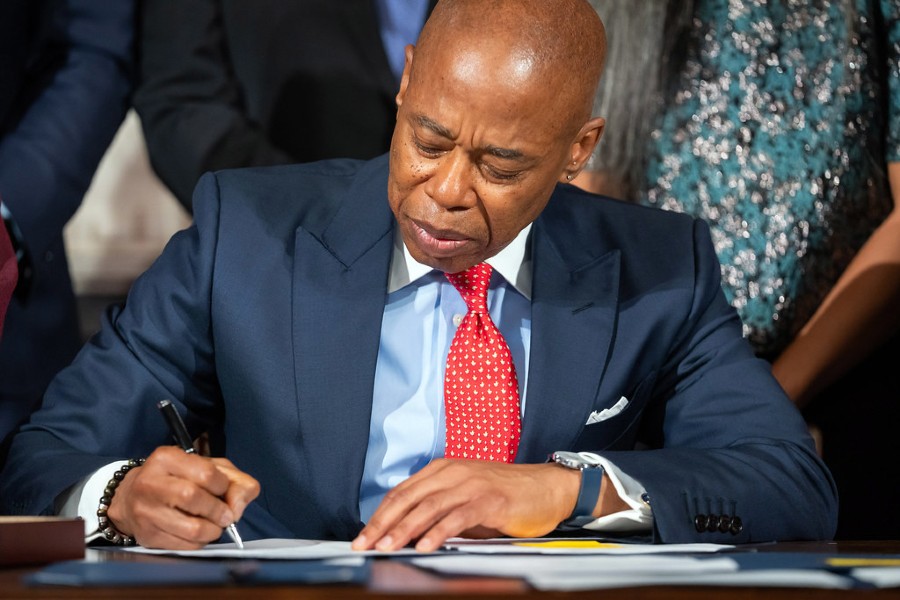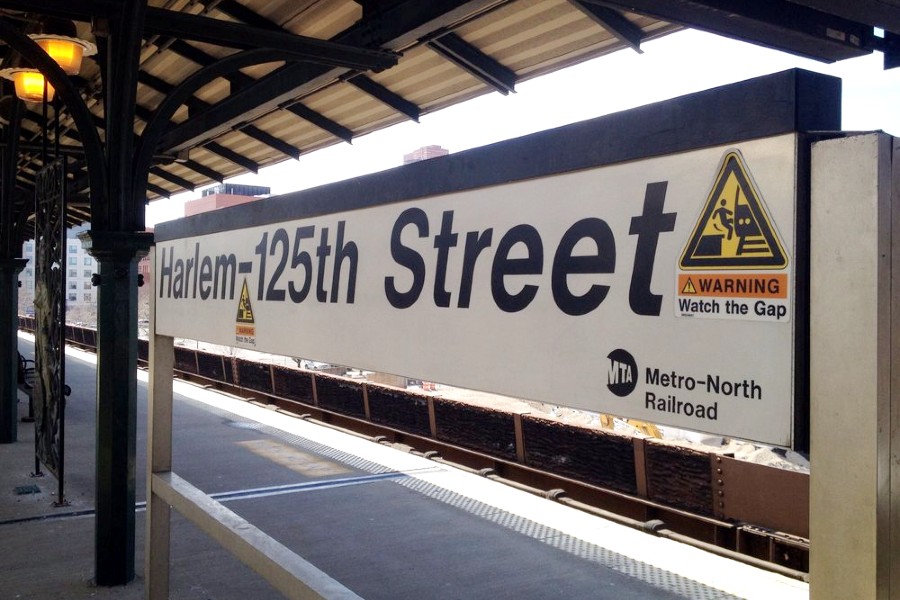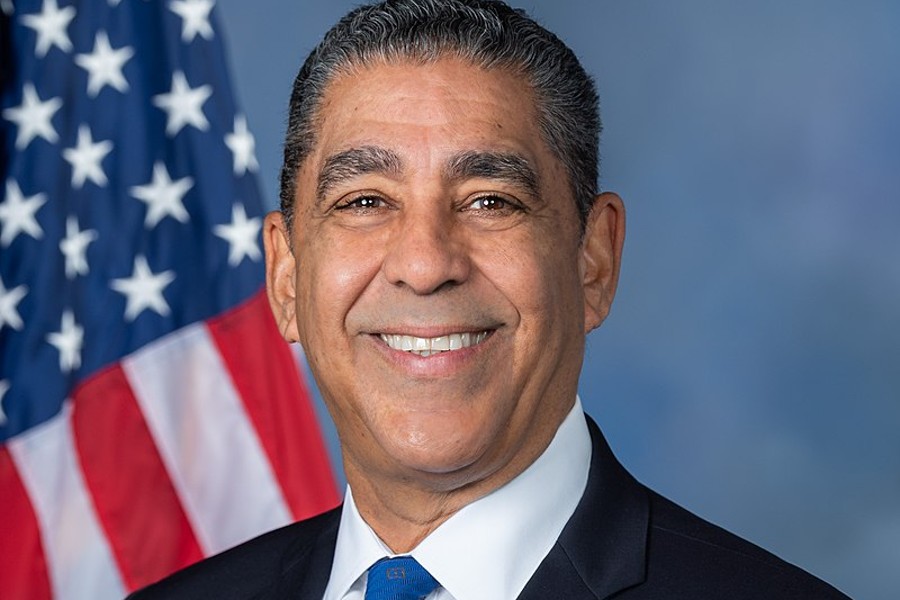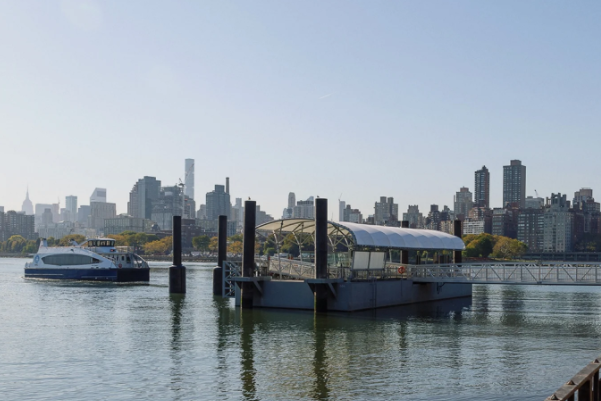 Following a City Council vote, Mayor Bill de Blasio today announced that a major package of zoning rules will now help to protect homes and businesses in New York City’s vast floodplain from climate change.
Following a City Council vote, Mayor Bill de Blasio today announced that a major package of zoning rules will now help to protect homes and businesses in New York City’s vast floodplain from climate change.
This plan is the product of four years of intense community engagement, including more than 200 public meetings hosted by the Department of City Planning.
The City Planning Commission approved the zoning changes this March.
Zoning for Coastal Resiliency rules will:
- Encourage resiliency in current and future flood-prone neighborhoods: ZCFR greatly expands where flood resilient zoning rules apply. New and substantially rehabbed buildings in areas of the city that, by 2050, are expected to have a 1% chance of a flood event in any given year, are now permitted to meet or exceed flood-resistant construction standards set by the U.S. Federal Emergency Management Agency (FEMA) or NYC’s Building Code. The expanded floodplain geography increases the number of buildings that can be retrofitted to resiliency standards by nearly 50%, allowing new construction in these areas to be more resilient and more building owners to proactively raise living space and important equipment out of harm’s way.
- Support long-term resilient design: Previously restrictive zoning could inadvertently lead resiliency retrofits to create very narrow, poorly designed homes in small lots. Through ZCFR’s flexible zoning rules on height and yards, building owners can both raise their structures and produce a well-designed, resilient home that fits with the surrounding neighborhood character while achieving a better floorplan.
- Adapt to a changing climate through incremental retrofits: ZCFR lets buildings elevate or relocate important mechanical, electrical and plumbing equipment, or backup systems like generators, above the expected height of floodwaters. This can be done either within the building, atop of the structure, or on a separate platform. For example, an NYCHA or Mitchell-Lama complex in Lower Manhattan or Manhattan Beach can construct an elevated mechanical building in its yard to address the needs of the campus while keeping equipment out of the path of damaging floodwaters. An industrial business in the South Bronx can build a mezzanine to safely store sensitive machinery or important files above where floodwaters might seep in. The mezzanine would be exempt from floor area, preventing loss of building space elsewhere.
- Speed up future recovery by reducing regulatory obstacles: ZCFR places recovery provisions in the Zoning Resolution that can be quickly selected based on the issues caused by the disaster and recovery period. These provisions include cutting down on red tape and providing additional time for an affected business to reopen, even if it predates and no longer matches the current zoning.
In addition to ZCFR, changes to further limit flood risk in three neighborhoods as part of DCP’s Resilient Neighborhood Initiative – Gerritsen Beach and Sheepshead Bay in Brooklyn, and Old Howard Beach in Queens – are now active.
These actions address resiliency challenges specific to these areas:
- In Gerritsen Beach, zoning changes, including the establishment of a new Special Coastal Risk District, limit future density and cap building heights at 25 feet above the potential height of floodwaters to more closely match the area’s built character.
- In Sheepshead Bay, the existing Special Sheepshead Bay District now prohibits below-grade plazas, which are prone to flooding and difficult to make resilient.
- In Old Howard Beach, zoning changes limit the construction of attached homes, which are harder to retrofit and elevate than detached homes because of their shared walls.
“We have seen the disproportionate impact of natural disasters and this pandemic on vulnerable and minority communities. The Zoning for Coastal Flood Resiliency is how we advance climate and racial justice in New York City. This will add protections for New Yorkers, homes and businesses as we continue to face and adapt to a changing climate,” said Council Member Francisco Moya, Chair of the Subcommittee on Zoning and Franchises.
Become a Harlem Insider!
By submitting this form, you are consenting to receive marketing emails from: Harlem World Magazine, 2521 1/2 west 42nd street, Los Angeles, CA, 90008, https://www.harlemworldmagazine.com. You can revoke your consent to receive emails at any time by using the SafeUnsubscribe® link, found at the bottom of every email. Emails are serviced by Constant Contact



